After this post I will be posting the traditional Génoise cake method as well. You’ll see how they are similar, with the differences of the Génoise method being whisked over a bain-marie but has no raising agent.
To be a little more pedantic about the differences, in a Genoise because the eggs are cooked over a bain-marie the mixture is more stable, and when folding in things like juices or alcohol for flavouring you don’t appear to knock out as much air as you do in this method…but we are talking small differences here. As far as the finished result is concerned I can not find one method is better over the other to warrant giving advice on which one to use.
For me the whole point of a whisked sponge like this with no fat or a little fat is for its texture because on its own it lacks flavour, unless you add quite a bit of citrus rind or replace some of the flour with cocoa powder. Even then it will not be the most wonderfully flavoured cake you’ll eat. What you want out of this cake is lightness, full of airy pockets…then you can soak it with some flavoured syrup, sandwich and cover it with some gorgeous fattening cream icing… mmmmmm!
This sponge is my absolute favourite as my birthday cake…sandwiched with vanilla cream and a huge pile of ripe and scented strawberries….that is true heaven on a plate for me.
[print_this]
Whisked Sponge, Fatless Sponge
This is a 3 egg sponge that will do 1 x 20cm (8″) cake tin. The trick with a whisked sponge is to whisk the eggs long enough for the egg yolks to stabilise the mixture and won’t collapse when folding in the flour. You can make this cake without an electric whisk but in that case whisk it over a bain-marie method.
Pre-heated the oven 180C / fan 170C / 350F / gas 4. Either line the tin with baking paper, bottom and sides, or butter the tin and then dust with a little flour to cover the butter all the way around.
- 3 eggs
- 75 grms sugar
- 75 grms plain flour (cake flour)
- 1/2 tsp of baking powder
- 25 grms of melted butter, cool – optional (keeps better the next day)
Whisk the eggs and sugar until thick and it leaves a trail of mixture falling from the whisks that will make a pattern on top of the mixture and stay there without disappearing. It’s easier to look at the photos and see what I mean.
Below I have been whisking the mixture for 2 minutes on medium speed and although the mixture has thicken when I stop the whisks you can see how there is not thick trail coming off the whisks.
After about 4-5 minutes you can see when I stop it starts to leave a trail over the mixture but it’s not quite there yet.
After another 1 1/2 – 2 mins this is what I’m looking for, a thick trail that settles on top of the mixture.
Sift the flour over the mixture and using a large spoon fold it in using large movements trying not to knock out the air you’ve just created.
For some reason on this cake I added the grated ring in with the flour but actually I prefer to add it in the beginning with the eggs because it distributes it better. If adding however lemon juice or any liquid you want to add it at this stage, after the flour.
After you have folded in the flour if you’re using the melted butter fold it in at this point.
Pour into your prepared tin and bake in the pre-heated oven for 30 mins. When it’s ready the cake should be coming away from the side and bouncing back when you press with your fingers in the middle. If you want you can stick a cocktail stick through the cake and should come out clean with no damp mixture attached.
Once out of the oven leave in the tin for 5 mins and then turn it out to cool. If you want to have a flat surface use the underneath of the cake as the top.
[/print_this]
























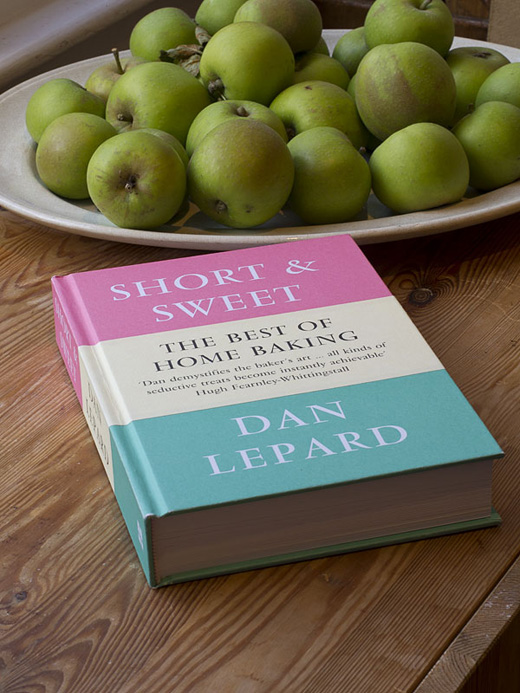



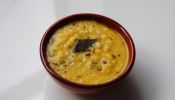



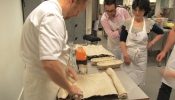






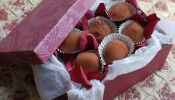

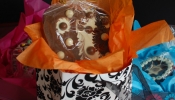



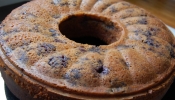
{ 6 comments… read them below or add one }
I really like this recipe and am doing my Food Tech GCSE course on some of it. I think it is very clearly explained and well demonstrated with easily seen photographs. Although I am only 13 I think this is the best exampled recipe.
I think there is a couple of errors in this recipe – the text says to whip the egg yolks and sugar until a thick ribbon stage, but the picture shows the whole eggs being whipped to ribbon stage. (In which case, if it was only the yolks to be whipped, the text fails to mention what to do with the whites, which are always a component of a whisked sponge). Either way, this is a major discrepancy between the text and the images.
Also, baking powder and baking soda are not interchangable; this has been implied in the “baking powder/baking soda ” line of the ingredients list. Baking powder and baking soda are unique substances, are not straightforward substitues for each other, and should not be used as such.
Having said that, the recipe does work if you follow the images as opposed to the text (whipping the whole eggs rather then just the yolks)
It’s a bummer being one’s own editor Liz.
very nice
This is the same as my mother’s recipe. It was always served with cream and strawberries – my mother and Grandmother would NEVER have dreamt of using a heavy (in comparison!) butter cake for a Victoria sandwich, it always HAD to be a sponge cake.
They also used the same base recipe for Swiss Rolls, Chocolate Rolls, and, of course, the good old Australian lamingtons.
Hi there,
This is a perfect recipe. I have been cooking for over 45 years and it worked for me.
I fail to understand the critisisms and can find no fault with the recipe.
The instructions clearly state – Whisk the eggs and sugar together until thick!